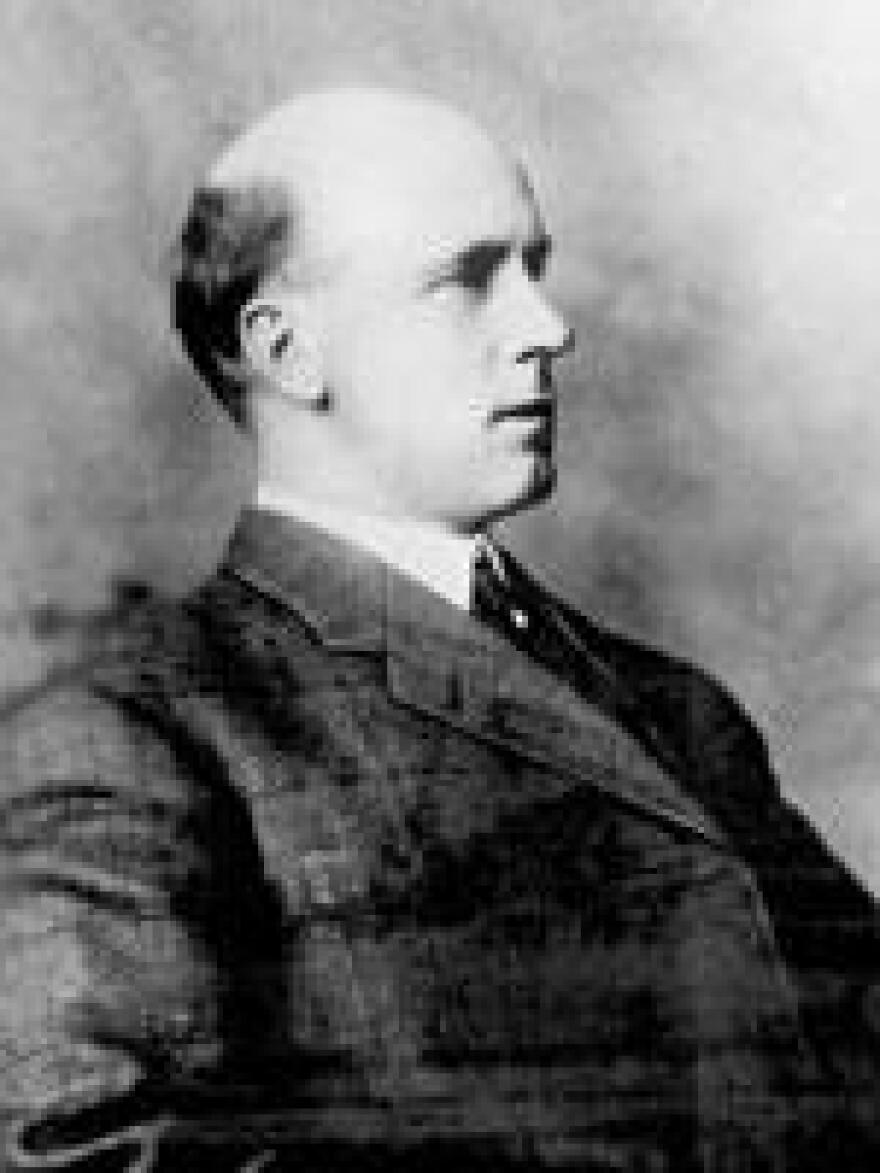A century ago, Nevada struck a blow for democracy … but not easily. It became one of the last states to ratify the nineteenth amendment, granting women the right to vote.
Back in 1869, Nevada had discussed women’s suffrage. Assemblyman Curtis Hillyer of Storey County introduced legislation to amend the constitution. He argued that politics was corrupt, and women historically had been a civilizing, moralizing influence. Hillyer’s bill passed, but it had to be approved by two sessions. But the 1871 session rejected votes for women, due to controversy over the issue and a large turnover from the previous session.
In 1910 and 1911, women formed the Nevada Equal Franchise Society. Its first leaders included Jeanne Weir, a history professor at the university and the founder of the Nevada Historical Society. Her successor was Anne Martin, who also had been a history professor in Reno. She had left and traveled in Europe. In 1910, she was one of one-hundred and fifteen people arrested for protesting in England on behalf of women’s rights. She came back to Nevada soon afterward and began working on winning the fight for women’s suffrage in Nevada.
She wasn’t alone. The Nevada Equal Franchise Society vice-president was Bird Wilson, a graduate of Hastings Law School who was practicing law in Goldfield and lobbied the legislature in Carson City for the State Federation of Women’s Clubs. Wilson wrote a campaign pamphlet, “Women Under Nevada Laws,” and the society published about twenty thousand copies. The society organized by county. By early 1913, there were five hundred members in eleven Nevada counties.
First, the legislature had to pass the amendment twice. It did, in 1911 and 1913. The support was widespread and included Democratic U.S. Senator Francis Newlands and Republican Governor Tasker Oddie, working mainly behind the scenes. But opponents also formed an anti-suffrage group that included the wives of several leading Nevadans, including two former first ladies of the state and the wife of leading Reno businessman Robert Fulton. They enjoyed financial support from George Wingfield, the most powerful mining, banking and political boss in the state. He even announced that if Nevadans approved women’s suffrage, he would shut down his enterprises and leave the state. The Manhattan Post, published in a Nye County mining camp, printed a poem called “Where You Goin’ George?”

The Equal Franchise Society and its allies inside and outside of Nevada went to work. Anna Howard Shaw, the president of the National American Woman Suffrage Association, made a statewide speaking tour. Jane Addams and other national figures also spoke. Martin, Wilson and their allies organized in each county. They realized that in the larger cities, operators of casinos and saloons could be expected to vote no, based on the belief that women were expected to be moral arbiters of society; they might use their votes against these vices. So the Equal Franchise Society focused on rural, small-town voters.
Martin and her allies proved wise. In the 1914 election, the suffrage amendment passed, 10,936 to 7,258, or by more than three thousand votes. The question went down to defeat in Carson City and Virginia City, and in every ward in Reno. In Clark County, Las Vegans voted 296 to 153, but in outlying towns the vote was 359 to 56. Women had won the vote in Nevada.







